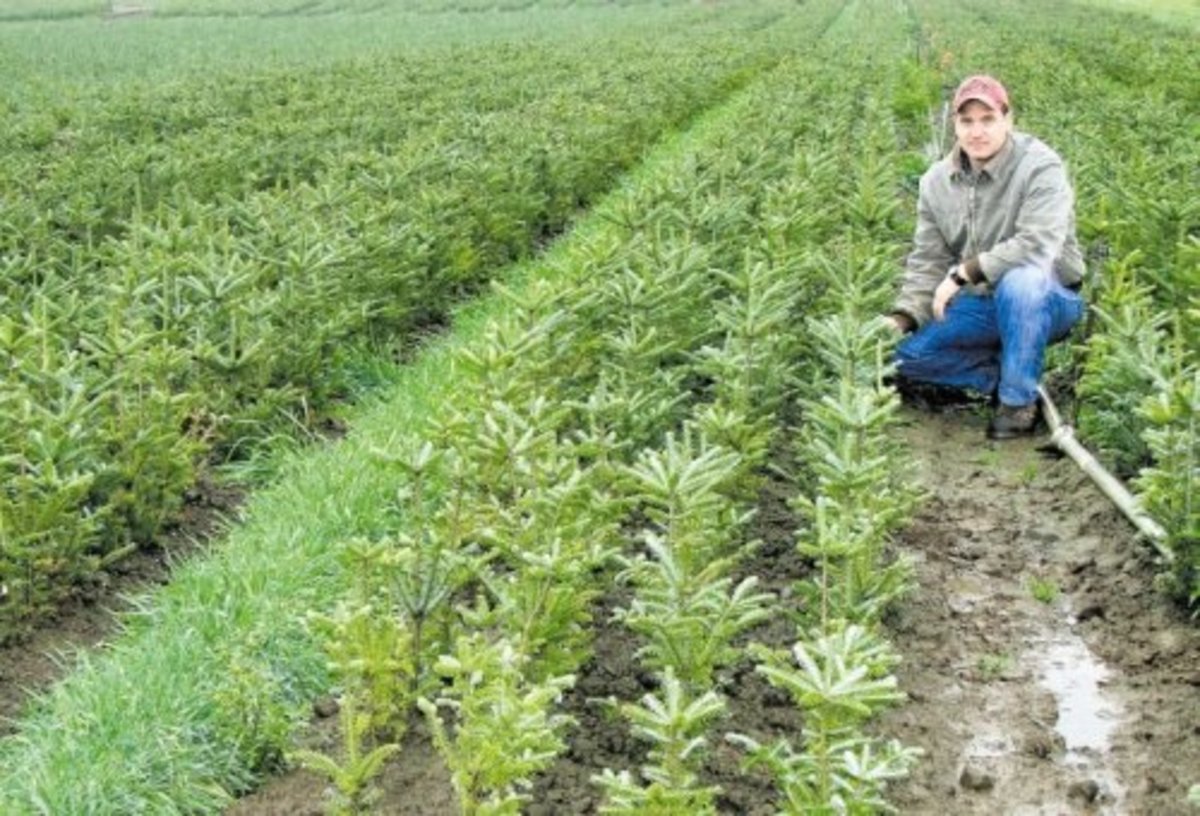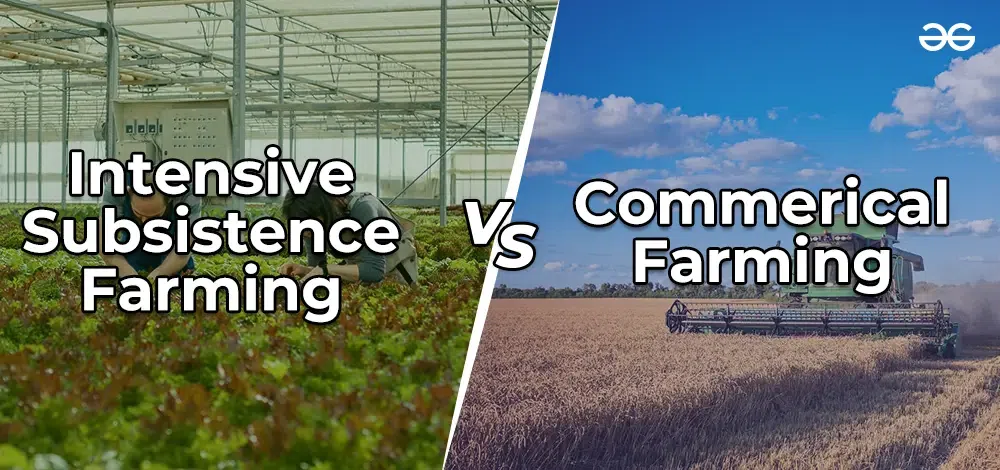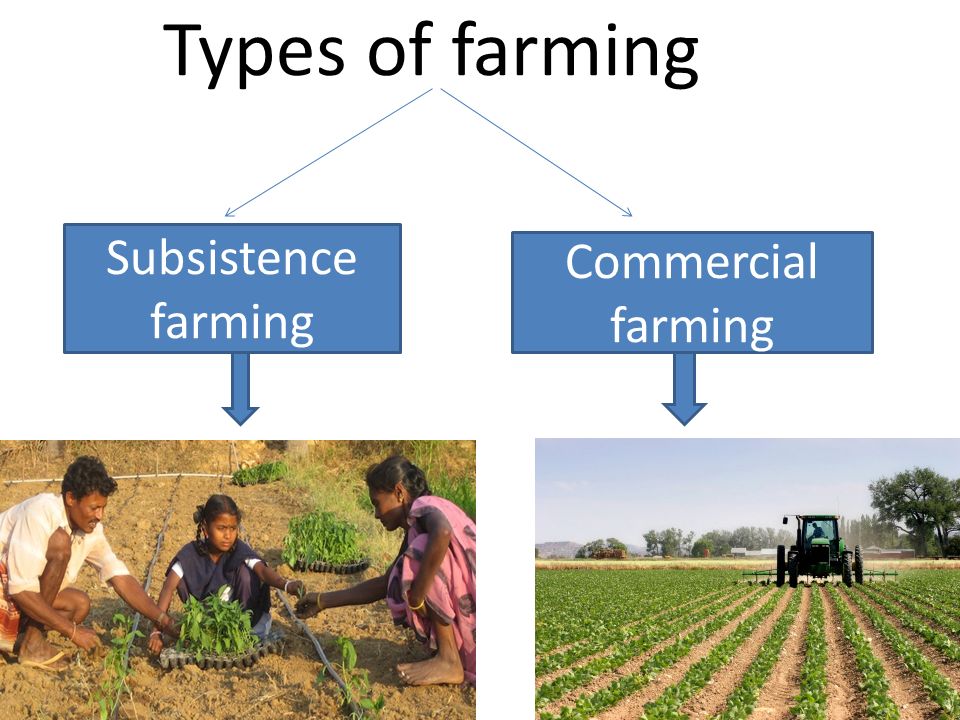A Comprehensive Take A Look At the Obstacles and Benefits of Modern Farming
Modern farming stands at the crossroads of advancement and sustainability, providing a wide range of difficulties and possibilities. With developments like accuracy farming and biotechnology appealing enhanced performance, the industry concurrently comes to grips with essential problems such as ecological destruction and socio-economic variations. As we explore the complex equilibrium in between technical progression and its wider effects, the concern arises: can we accomplish a lasting future that benefits both the setting and farming communities? The path ahead requires a mindful examination of these dynamics, welcoming stakeholders to consider the possibility for transformative modification in agricultural methods and plans.
Technological Improvements in Farming
Innovations such as precision farming, biotechnology, and automation have changed standard farming methods, permitting for more lasting and successful procedures. Precision farming utilizes GPS modern technology, sensing units, and information analytics to maximize field-level administration concerning plant farming.
Automation in farming has additionally moved the sector onward, with the intro of autonomous tractors, drones, and robotics. These innovations minimize labor needs and boost functional speed, permitting for timely planting and harvesting. Drones, in specific, offer valuable airborne images and data, helping farmers in keeping an eye on crop wellness and discovering issues early.
Biotechnology has also played an essential function in advancing farming practices. Genetically changed organisms (GMOs) have actually been developed to enhance plant resistance to insects and illness, decrease dependence on chemical treatments, and boost dietary web content. This technology adds to food protection and fulfills the needs of a growing worldwide population. Collectively, these technological improvements have actually prepared for a more sustainable and resilient agricultural future.
Ecological Challenges
Farming faces numerous ecological obstacles that threaten its sustainability and performance. The long-lasting viability of agricultural land is endangered, necessitating the fostering of more sustainable techniques.
Water shortage is another considerable difficulty, specifically in regions where agriculture heavily relies upon irrigation. Environment adjustment is increasing this concern, changing precipitation patterns and increasing the frequency of droughts. Reliable water management systems, such as drip watering and rain harvesting, are essential to mitigate these impacts, but their execution continues to be unequal throughout various areas.
Furthermore, farming is both a factor and a target to climate change. It makes up a significant share of greenhouse gas emissions, primarily from livestock production and rice cultivation. Transitioning to low-emission farming practices, such as accuracy farming and agroforestry, can help lower this effect. These techniques require substantial investment and technological experience, posturing an obstacle to extensive adoption. Addressing these ecological difficulties is important for guaranteeing a lasting agricultural future.

Economic Influences
The financial influences of modern agriculture are complex and extensive, influencing both neighborhood and international markets. Advancements in innovation and production techniques have significantly enhanced farming efficiency, causing a lot more effective food supply chains and minimized prices for consumers. This enhanced efficiency has made it possible for countries to satisfy expanding needs, support food prices, and contribute to economic growth. In addition, the export of farming assets has become a considerable resource of income for lots of countries, playing a crucial duty in their economic growth.
Nonetheless, these benefits are not without obstacles. The capital-intensive nature of modern farming calls for substantial investment in equipment, fertilizers, and genetically customized seeds, which can be economically troublesome for small farmers. This frequently results in increased financial debt and economic susceptability, possibly causing the combination of farms and the loss of rural resources. In addition, international market changes can affect the profitability of agricultural exports, making economies reliant on agriculture susceptible to financial instability.
In addition, aids and profession plans in developed countries can distort market prices, affecting competitive equilibrium and potentially disadvantaging farmers in creating countries. Overall, while modern-day farming drives economic growth, it additionally requires browsing intricate economic landscapes to ensure lasting and fair development.
Social Implications
While modern agriculture has brought around substantial advancements, it likewise provides different social implications that warrant consideration. As business farming entities significantly control the agricultural landscape, smaller sized ranches typically struggle to compete, leading to the erosion of country communities and conventional farming methods.

In addition, there are issues concerning food safety and sovereignty. The focus on monoculture and genetically modified plants can undermine biodiversity and make food systems a lot more vulnerable to parasites and illness. Such practices could additionally restrict visite site consumer selections and reduce the capability of neighborhood communities to manage their food sources. As these social implications unravel, it becomes critical to resolve them to make certain equitable and lasting farming development.
Future Instructions
Looking in advance, numerous promising opportunities for contemporary agriculture might address the obstacles faced today while fostering lasting growth. Advancements in modern technology, such as accuracy farming, offer the prospective to optimize source use and rise effectiveness. By employing data analytics and equipment discovering, farmers can make informed decisions pertaining to crop administration, bring about reduced input expenses and decreased environmental impact. The combination of eco-friendly energy sources right into farming practices can considerably reduce dependence on fossil fuels and contribute to about his reduce greenhouse gas emissions.
Biotechnology likewise holds tremendous promise for the future of farming. Genetically changed organisms (GMOs) and gene modifying methods, like CRISPR, can improve crop strength versus climate adjustment, bugs, and conditions, therefore improving food safety. Furthermore, branching out plant varieties to include more climate-resilient and nutrient-dense choices might boost both ecological security and human nourishment.

Conclusion
Modern agriculture, defined by technical innovations, presents both chances and challenges. commercial farming vs subsistence farming. Dealing with these intricacies requires a shift in the direction of lasting practices that stabilize performance with environmental stewardship and social equity, thus making sure a resistant future for worldwide agricultural systems.
Modern agriculture stands at the crossroads of advancement and sustainability, providing a wide range of difficulties and possibilities. Furthermore, global market variations can affect the profitability of farming exports, making economies reliant on farming prone to financial instability.
Additionally, the extensive use of technology and automation in farming has led to a reduction in farming work possibilities.Looking ahead, several encouraging opportunities that site for modern agriculture might attend to the challenges dealt with today while promoting lasting growth. commercial farming vs subsistence farming.Modern farming, identified by technological advancements, presents both chances and obstacles